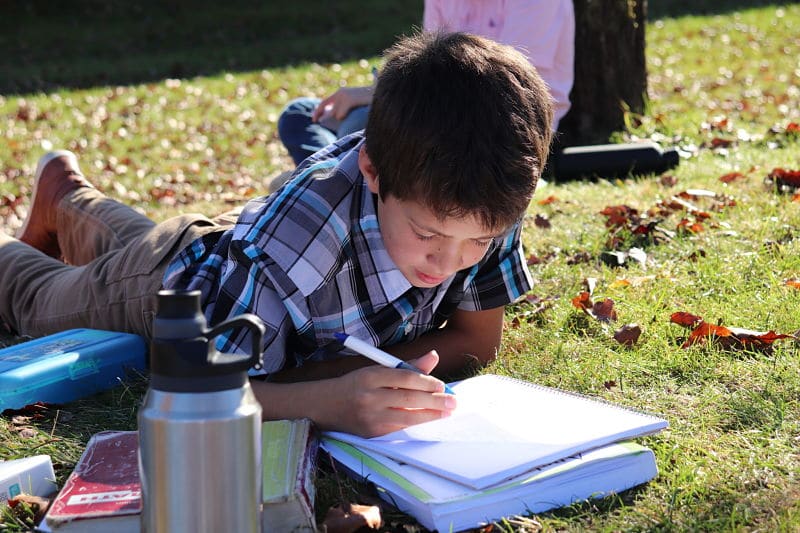English Class (Or Any Class) Can Be Fun!
★★★★★

It happens all too often. People ask me what I do, and I say, “I’m a high school and college English teacher!” I’m usually met with the same response: eye-rolls and comments about how “I hated writing when I was in school” or “I don’t like to read.”
But English class can be fun. And so can any class, if it is approached with the right attitude and some creative planning. Granted, the students’ attitudes and motivation make a significant contribution to their enjoyment of a class. But by using some of the following methods, a teacher can make the class fun for every student.
A fun class has a teacher who models enthusiasm for the subject. I have found that when I’m bored with something, my students are usually bored too. But when I show passion for the story we’re reading or the grammar lesson, that enthusiasm is usually infectious. My students typically rate Shakespeare plays as their favorite part of literature classes, I believe reflecting my personal interest and enjoyment of teaching Hamlet and Macbeth. A fun class mixes hands-on activities with lecturing, even on the high school level. My eighth-graders who are an especially tactile group this year, complete interactive grammar notebooks and spelling activities (see attachment below) regularly; this has greatly enhanced their learning. Paper flashcards still provide a good way to learn vocabulary words, and the cards can double for use in games like memory or concentration. A fun class engages students with different learning styles. Many teachers, especially in higher grades, center their lessons around lecture and maybe slides, which really only grab those who learn orally. But including some movement or audio can engage other types of learners also. Instead of just reading a Shakespeare play, students can listen to an audio version while following along with the text. A favorite student activity when discussing a short story—even with my college students—is to tape large pieces of paper onto the walls with a quotation or question from the story written on each paper. Each student moves around the room and writes thoughts and responses on a certain amount of papers. Kinesthetic games such as four corners (see directions below) allow movement for that student who just can’t sit still. A fun class allows the students to share what they are learning. High schoolers can re-write a literature story as an illustrated children’s book to read to younger grades. They can share memorized poems in chapel or other group settings. Student-made posters that illustrate story elements can be displayed in hallways.English class—and math class and science class and social studies class—can have all sorts of enjoyable activities. So learn and have fun at the same time!
Resources:
Four Corners
- Place the numbers 1, 2, 3, 4 on each corner of your classroom.
- One student closes his eyes and counts to 20 while the other students quietly go to different corners in the room. As long as possible, there need to be at least two students per corner. Each student has to move on every turn.
- Without opening his eyes, the counter says 1, 2, 3, or 4.
- The teacher asks a question. Whoever is in the named corner will answer the question. They may confer on the answer.
- If the students in the named corner get the answer correct, they stay in the game and a new round begins. If the students miss the question, they return to their seats. A new round begins with the remaining students.
- When only three students are left, use only three corners.
- The last two students remaining are the winners.
Leave a Reply